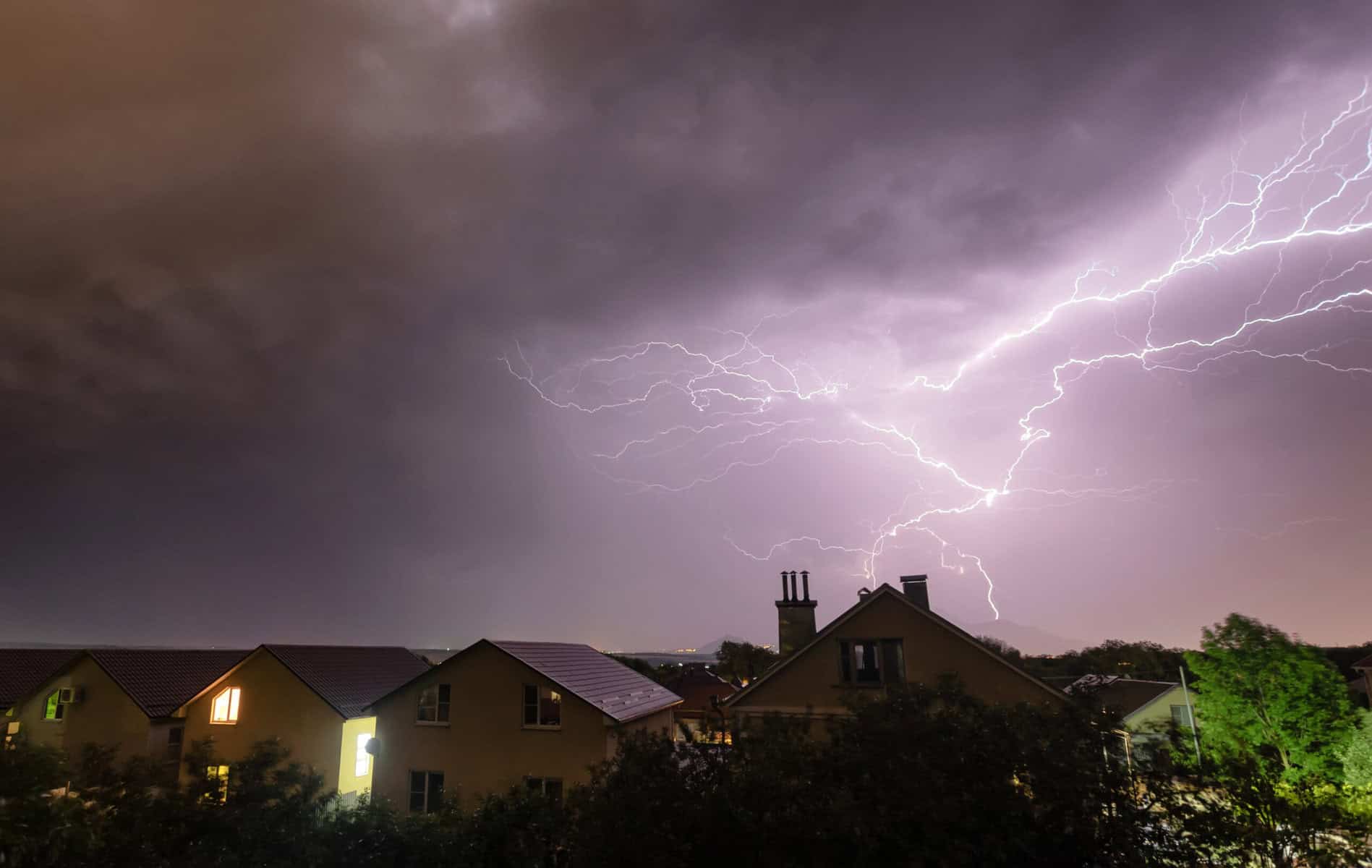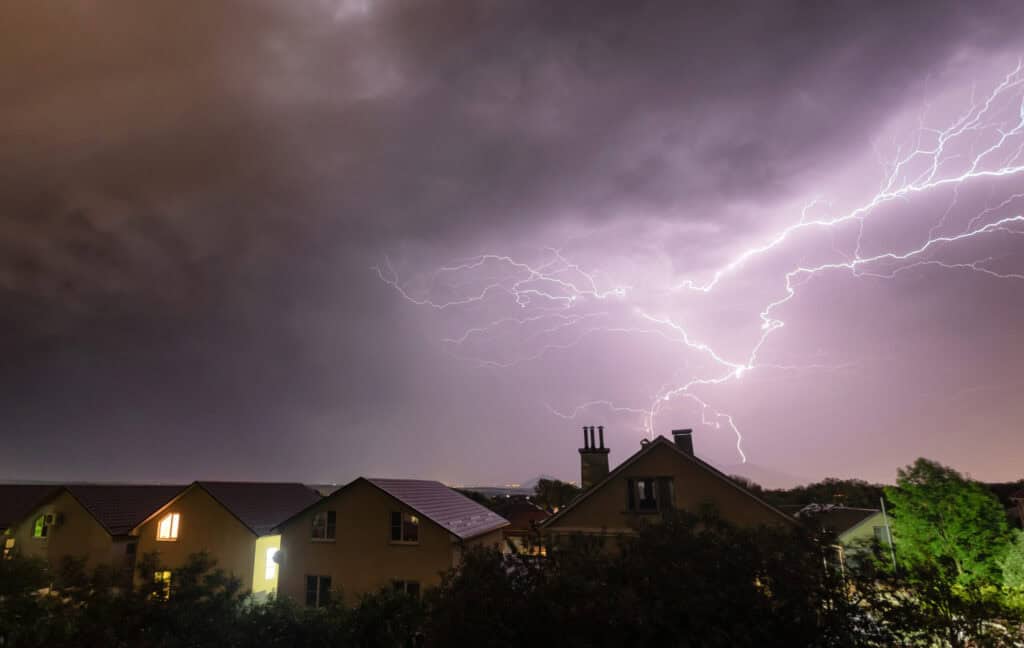Craft Your Family Emergency Plan

When it comes to safeguarding your loved ones, having a solid family emergency plan is non-negotiable. While you hope for the best, preparing for the unexpected is key. Creating a comprehensive strategy ensures that everyone knows what to do in times of crisis, minimizing confusion and maximizing safety. From natural disasters to medical emergencies, being ready can make all the difference. Don’t wait until it’s too late – take the initiative now to protect your family and give yourself peace of mind.
Crafting Your Emergency Plan
Make a Checklist
When creating your family emergency plan, start by making a checklist of essential items and tasks. Include emergency contacts, evacuation routes, and important documents.
Ensure that your emergency plan covers various scenarios like natural disasters, medical emergencies, or power outages. List down specific actions for each situation.
Communication Strategies
Establish clear communication strategies within your emergency plan. Designate a meeting point outside the house and ensure everyone knows how to reach it in case of separation.
Create a list of emergency contacts including local authorities, relatives, and neighbors. Share this list with every family member and keep a copy in each person’s emergency kit.
Practice Regularly
Regularly practice drills based on your family emergency plan. Conduct fire drills, simulate power outages, or practice evacuating the house swiftly and safely.
Review and update your emergency plan annually or whenever there are significant changes in the household. Stay prepared for any unforeseen circumstances by staying organized and informed.
Pinpointing Safe Meeting Spots
Identifying Locations
When it comes to emergencies, identifying multiple meeting places is crucial for your family’s safety. Choose spots near home and further away.
Home and Neighborhood
Select a meeting place close to your home, such as a neighbor’s house or a local park. Ensure everyone knows the exact location.
Consider the neighborhood school or library as a secondary meeting point in case the primary one is inaccessible.
Out-of-Area Locations
Designate an out-of-area meeting spot like a community center or relative’s house. This ensures a safe gathering point if you can’t return home.
Remember to share these locations with all family members and practice going to these spots regularly.
Establishing Communication Strategies
Effective Types
When it comes to establishing communication strategies, various types can be utilized. These include phone trees, group messaging apps, and emergency contact cards.
Phone trees involve creating a list of contacts that you can call or text in case of an emergency. Each person on the list is responsible for contacting the next person.
Group messaging apps like WhatsApp or Signal allow you to create a group with your family members where you can share important updates and coordinate during emergencies.
Emergency contact cards are physical cards that contain essential information such as emergency contacts, medical information, and meeting points. Distribute these cards to each family member to ensure everyone has access to crucial details.

Efficient Communication Channels
In times of crisis, having efficient communication channels is crucial. Ensure that everyone in your family knows how to use the selected communication tools effectively.
Practice using these communication methods regularly so that everyone is familiar with them and can act quickly during emergencies.
Establish a primary and secondary method of communication in case one fails. This redundancy ensures that you can always reach out to your loved ones when needed.
Preparing for Shelter and Evacuation
Gather Supplies
When preparing for shelter and evacuation, gather supplies such as non-perishable food, water, medications, and important documents.
Ensure you have a supply of water that can last at least three days to cover your family’s hydration needs during emergencies.
Prepare Your Pets
Include your pets in your emergency plan by having extra food, water, medications, and a carrier ready for their evacuation.
Create a list of emergency contacts who can help with pet care if needed during disasters when you may not be available.
Plan for Safe Shelter
Identify safe areas within your home for shelter during emergencies like hurricanes or tornadoes to ensure the safety of your family members.
Have a designated meeting spot outside your home where all family members should gather in case of evacuation orders.
Addressing Individual Needs
Specific Needs
When creating your family emergency plan, consider the specific needs of each member. Take into account any medical conditions or special requirements.
It’s crucial to have contact information for everyone in your household, including extended family members. This ensures that communication is seamless during an emergency.
Responsibilities
Assign responsibilities based on individual capabilities and strengths. Distribute tasks such as gathering supplies or caring for pets accordingly.
Make sure that everyone understands their role in the emergency plan. Clarify each person’s duties to avoid confusion during a crisis.
Accountability
Hold each member accountable for their part in the plan. Regularly review and update contact information and responsibilities to ensure readiness.
Practicing and Updating Your Plan

Practice Regularly
To ensure your plan is effective, practice it regularly with all family members. Set aside time to run through different scenarios.
Seek Feedback
After each practice session, encourage feedback from everyone involved. This helps identify any weaknesses in the plan that need improvement.
Update Accordingly
Based on the feedback received, make necessary adjustments to your emergency plan. Ensure it reflects current situations and addresses any new concerns.
Stay Informed
Keep yourself informed about the latest emergency procedures and guidelines. Stay updated on any changes that might affect your family’s safety.
Regularly reviewing and updating your family emergency plan is crucial to ensure its effectiveness in times of crisis. By practicing scenarios, seeking feedback, and staying informed, you can enhance the readiness of your plan. Remember, a well-prepared family is better equipped to handle unexpected emergencies.
Closing Thoughts
In creating a comprehensive family emergency plan, you’ve taken a crucial step towards safeguarding your loved ones during unexpected events. Pinpointing safe meeting spots, establishing communication strategies, preparing for shelter and evacuation, addressing individual needs, and practicing your plan are all vital components in ensuring everyone’s safety. Remember, regular practice and updates will keep your plan relevant and effective.
Make it a priority to involve every family member in the planning process. Your collective efforts will strengthen your readiness and response in times of crisis. Stay proactive, stay prepared, and stay safe.
Frequently Asked Questions
What is the importance of creating a comprehensive family emergency plan?
Creating a comprehensive family emergency plan is crucial to ensure everyone’s safety during unexpected events. It helps in coordinating actions, establishing communication methods, and addressing individual needs efficiently.
How can I pinpoint safe meeting spots for my family in case of an emergency?
Identify safe meeting spots near your home, workplace, and school that are easily accessible and known to all family members. Choose locations away from high-risk areas and make sure everyone knows the exact meeting points.
Why is it necessary to establish communication strategies in an emergency plan?
Establishing communication strategies ensures that all family members can stay connected and informed during emergencies. This includes deciding on primary and alternative communication methods such as phone calls, text messages, or social media updates.
What should I consider when preparing for shelter and evacuation in my emergency plan?
When preparing for shelter and evacuation, consider factors like nearby shelters, evacuation routes, transportation options, and essential items to bring along. Prepare a checklist of supplies and important documents to grab quickly if needed.
How can I address individual needs within my family emergency plan?
Address individual needs by taking into account any medical conditions, dietary requirements, or special assistance required by family members. Customize your emergency plan to accommodate these specific needs and ensure everyone’s well-being during crises.
Why is practicing and updating your family emergency plan essential?
Practicing your emergency plan through drills or simulations helps everyone familiarize themselves with procedures and roles. Regularly updating the plan based on feedback, changes in circumstances, or new information ensures its effectiveness when an actual emergency occurs.






